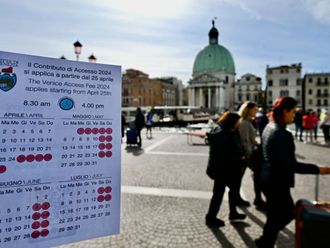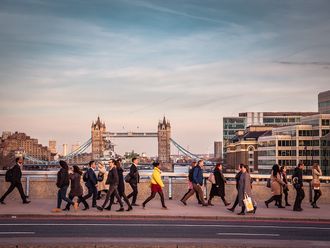Dubai: Hotels in the Middle East witnessed a stable growth in occupancy during the first quarter of 2018, according to the latest EY Middle East Hotel Benchmark Survey Report.
Except for Jeddah, Beirut, and Doha, hotel occupancy across the Middle East and North Africa (Mena) region saw an increase when compared to the first quarter of 2017. This increase was primarily due to a number of shopping festivals, improving bilateral relations, and overall pleasant climate conditions across the region, according to EY.
In the first quarter of 2018, Dubai achieved the highest occupancy, average room rate (ADR) and RevPAR across the MENA region. The city’s occupancy reached 86.9 per cent with an ADR of $293 (Dh1,075), which led to an overall RevPAR of $255 in the first quarter of 2018.
In the UAE, the hospitality market saw a slight increase in occupancy in the first three months of 2018 compared to the first quarter of 2017. Occupancy in Dubai increased by 0.8 per cent points from 86.1 per cent in the first quarter of 2017 to 86.9 per cent in the first quarter of 2018, possibly due to international visitors of the 23rd edition of the Dubai Shopping Festival as well the favorable weather.
Even though there was a slight decline in ADR by 1.2 per cent from $297 in 2017 to $293 in 2018, Dubai achieved the highest RevPAR in the region at $255 in the first three months of 2018, the same as last year.
RevPAR
Driving the overall hospitality KPIs for Dubai were the hotels located on the beach, which saw an increase across occupancy, average room rate and RevPAR in the first quarter of 2018. In the first quarter of this year, the occupancy of beachfront hotels in Dubai reached 82.7 per cent with an average room rate of $559, leading to a RevPAR of $462. Meanwhile, hotels in the city of Dubai saw a slight increase in occupancy with 88.7 per cent, but RevPAR fell by 6.2 per cent to $168 in the first quarter 2018 due to a 6.8 per cent decline in the average room rate.
The hospitality market in Abu Dhabi also registered an increase in occupancy by 7.3 per cent points, up from 79.3 per cent in the first quarter of 2017 to 86.6 per cent in the same period of 2018.
EY say that the increase in occupancy may be attributed to the marketing efforts by Abu Dhabi’s Department of Culture and Tourism to engage more visitors from various Asian countries. However, the ADR decreased by 14.7 per cent from $122 in 2017 to $104 over the same period, leading to a decrease in RevPAR by 6.9 per cent from $97 in 2017 to $90 in 2018.












